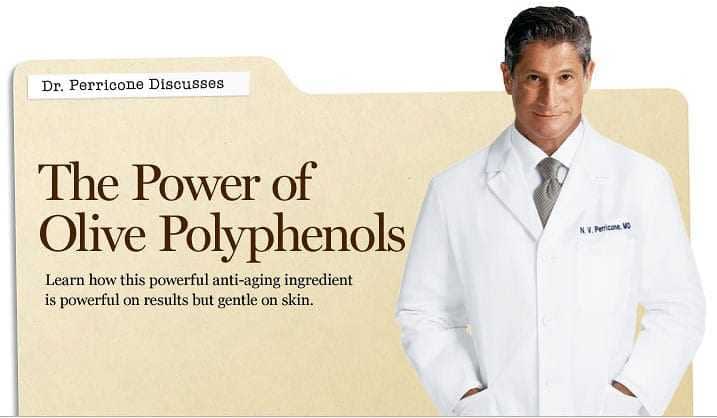
Once relegating it to the occasional soap in a gift shop, the American beauty industry has begun innovating more with olive oil and olive-based ingredients in their products, both for the fruit’s many touted benefits as well as to provide an alternative for increasingly chemical-aware consumers.

An early leader in olive oil beauty product development is Japanese firm DHC, which lists olive oil as the inspiration for its entire line. DHC’s website details the reasoning behind choosing olive oil as its muse:
“Rich in vitamins and antioxidants, [olive oil] is a highly effective component in neutralizing damaging free radicals. Olive oil also helps balance your skin’s moisture. With its unique ability to mix with water, our olive oil helps moisturize without clogging pores.”
DHC’s line began with a simple “Olive Virgin Oil” moisturizer, developed from organic “flor de aceite olive oil,” further purifying it by removing any particulates that could clog pores, according to the company. The result was a product that is still a strong seller today. Launched in the US in 1997, the brand has expanded to include hair care, cosmetics and unique products like anti-aging gel moisture strips containing olive leaf extract.
DHC is not alone. Hundreds of cleansers and moisturizers now contain olive oil, including products from Murad, Origins and Juice Beauty. Perricone MD also uses olive polyphenols in its Hypoallergenic Firming Eye Cream. “Extremely rare, and effective in even small concentrations,” the Perricone website explains, “this super antioxidant, anti-inflammatory has been proven to be effective in improving general health and appearance.” Olive oil is available in masks as well, such as Missha Pure Source Olive Sheet Mask, a single-use moisturizing cloth.

In hair care, olive oil is used for moisture, shine, and protection from heat or frizz. Giovanni introduced 2chic Ultra-Moist Touch-up Hair Towelettes for on-the-go frizz control and repair of dry or damaged hair.
Kiehl’s has an entire “Olive Fruit Oil” line, also targeted to nourish and repair hair. Olive oil has even reached products for mainstream brands such as L’Oréal’s Ever Sleek Precious Oil Treatment, as well as heat protectant and shine serums from big and small brands alike.
Most innovative to some would be olive oil in the makeup aisle. A natural lip balm, it’s no surprise to find olive oil used in balms from Burt’s Bees and even Nivea. More unique are products such as Episilk’s olive oil plumping lip balm and vibrant shades of lip gloss from Armour and Dermovia with olive oil as a key ingredient. Tarte’s “Lights, Camera Lashes” mascara also contains “hydrogenated stearyl olive esters” in some lesser amount than something called cyclopentasiloxane.
Why include olive oil in cosmetics? Leslie Hoffman of DHC explains that olive oil can help keep makeup from looking flat or dry. She also notes that for their brand, anything touching the skin should have a skincare benefit. “It’s doing something positive for your skin as well as helping you look good cosmetically.”
Even nail care has seen an olive infusion. Sally Hansen, the top-selling US nail care brand, has launched a nail growth treatment using green tea and olive leaf.
The expansion of olive oil use in beauty products has led to some confusion with labeling terminology as “olive fruit oil” is often listed instead of the more familiar “olive oil.” This differentiation is not just to sound more expensive. “Olea europaea (olive) fruit oil” as seen on cosmetics labels is the INCI (International Nomenclature of Cosmetics Ingredients) name and is the same as olive oil.
Of course, olive oil has been used to moisturize, cleanse and protect for thousands of years. With its time-tested results and healthful properties, the olive is appearing as a selling point on more cosmetics and skincare labels than ever before.








